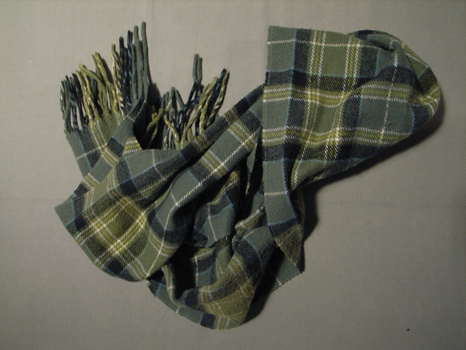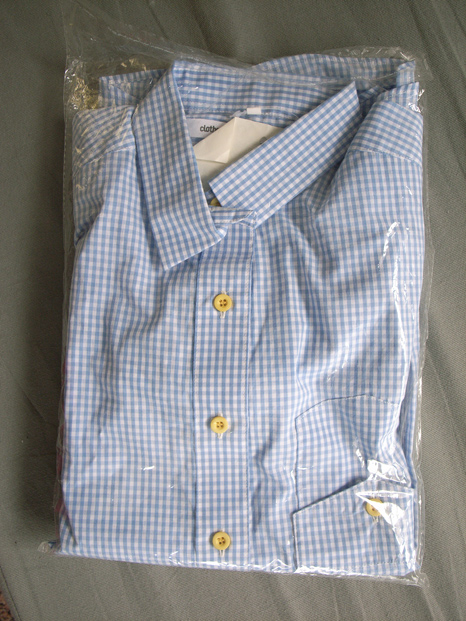QU may ask, “What is your purpose in doing this?” And so if news can never be fully objective, there must be an agenda in there somewhere, or at least a tendency, an implication. “Gentrifier” could be one in this case, as per recent discussions at HomeShop, the Other’s guilt, or being accused of cultural colonialism. Production of any sort could then be nullified, re-organised, rendered meaningless…but to muster up the words—oh!—now wouldn’t that be amazing?
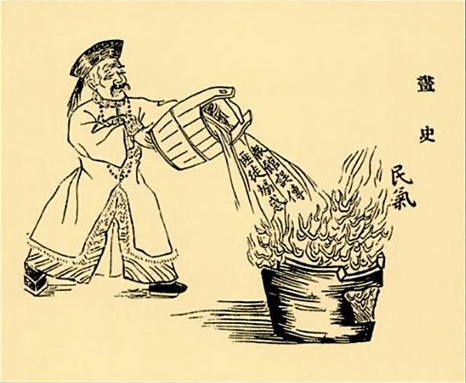 The press was seen as a tool, a transmission belt for public opinion, a marketplace of ideas. It was the platform for public discussion of issues of local as well as national importance. Hence the Chinese government “is well advised to consult public opinion” through newspapers. Pictorial evidence from November 1907 ironically underlines this point. A huge pot is filled with a burning substance labeled 舆论 yulun, “public opinion.” The characters on the lid read: “The power is with the court.” It is apparent, however, that the fire inside the pot will not easily be controlled. Public opinion seethes visibly in spit of attempts to “put a lid on it”: clouds of smoke and flames escape not just through the gap between the pot and the lid but also from a hole at the bottom. [p. 16]
The press was seen as a tool, a transmission belt for public opinion, a marketplace of ideas. It was the platform for public discussion of issues of local as well as national importance. Hence the Chinese government “is well advised to consult public opinion” through newspapers. Pictorial evidence from November 1907 ironically underlines this point. A huge pot is filled with a burning substance labeled 舆论 yulun, “public opinion.” The characters on the lid read: “The power is with the court.” It is apparent, however, that the fire inside the pot will not easily be controlled. Public opinion seethes visibly in spit of attempts to “put a lid on it”: clouds of smoke and flames escape not just through the gap between the pot and the lid but also from a hole at the bottom. [p. 16]
Of course it seems ridiculous to say ‘subversion’, just as it is to render pure identity, forms like ‘global’ can never be slick surfaces but would rather seethe like pots.
“The past is being drafted (consciously or unconsciously) into the service of present needs and purposes.” —Paul Cohen
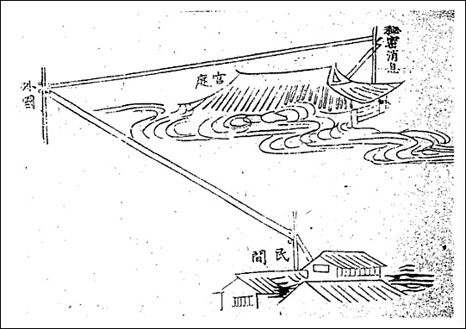 A cartoon that appeared in the 申报 Shenbao in October 1907 depicts the role of that alien medium, the newspaper: the caricature shows two buildings, an elaborate one labeled 宫庭 gongting, “the court,” and a much simpler one named 民间 minjian, “the people.” From the court, 秘密消息 mimixiaoxi, “the secret news,” is being transferred by telegraph to the people–but not directly. The node at which the telegraph line from the court and that leading to the people meet is labeled 外国 waiguo, “the West”. This image echoes a declaration made by the Shenbao in its first issue: “新闻纸之制疮自西人搏舆中土 The making of newspapers has been transmitted by Westerners to Chinese lands”. [p. 23-24]
A cartoon that appeared in the 申报 Shenbao in October 1907 depicts the role of that alien medium, the newspaper: the caricature shows two buildings, an elaborate one labeled 宫庭 gongting, “the court,” and a much simpler one named 民间 minjian, “the people.” From the court, 秘密消息 mimixiaoxi, “the secret news,” is being transferred by telegraph to the people–but not directly. The node at which the telegraph line from the court and that leading to the people meet is labeled 外国 waiguo, “the West”. This image echoes a declaration made by the Shenbao in its first issue: “新闻纸之制疮自西人搏舆中土 The making of newspapers has been transmitted by Westerners to Chinese lands”. [p. 23-24]
Maybe that time of trying to ‘integrate’ can be laughed at now in retrospect, dynamics change here all the time and I’m just trying to keep up. Would it be possible to propagate from the perspective of distance (BJ to GZ), without being thrust into a commune-like resort of separatism? Words gather for the sake of themselves, sadly just another kind of branding, but what other pretext can there be for the gathering, words and identities on paper, another party?
Since the foreign Xinbao 新报 (= new bao) was a 报 bao just the same, it was bound to be seen as akin to the Jingbao 京报 (capital bao). Foreign-style newspapers were aware that their audience’s perception of the newspaper was conditioned by their familiarity with the jingbao. They were quick to exploit this expectation: among other things, they reprinted the court gazette, imitated its format and punctuation, and adopted a name (xinbao, literally new announcements) formed in analogy to that of the court gazette (jingbao, literally capital announcements). They evidently felt that this foreign medium needed some “Chinese” legitimation. Why, then, did they not pursue the potentially convincing argument that the newspaper was really just a continuation of a indigenous Chinese tradition? Since by the late Qing finding Chinese origins for Western knowledge to be introduced to China (西学中原 Xixue Zhongyuan) had become a well-established rhetorical practice, would this not have been a striking argument? [p. 25]
The principal difference, then, between foreign papers and their indigenous counterparts is the fact that the newspapers spread news by everyone from everywhere, whereas the Chinese papers report only official news. Naturally, the number of its readers was small and continued to dwindle. Moreover, the increasing centralization of politics, which peaked during the Qing and which was accompanied by a rigid system of secrecy laws (preventing the spread of all the “secret news” hinted at in Fig. I.2) confined the Jingbao to only the most commonplace court news and thus rather “boring” information. [p. 26]
Hurrah to boring news from everyone, all the time. Is it impossible to find a ‘new’ language starkly founded in realism, unimaginative?
… the Xinbao, the new(s)paper, was neither sold nor perceived as a foreign import. Instead, there was a strong tendency to domesticate it for Chinese use and Chinese understanding, for only thus—so it must have appeared to China’s newspaper makers—could it be an effective agent of change. [p. 31]
Indeed, however much the Shenbao may have profited from its foreign background, more often than not it had to defend itself against charges that it was a foreign medium or that it was pro-Western. this is the reason for its insistence that it relied on a Chinese readership and was thus written in Chinese by Chinese according to Chinese customs to be sold to Chinese. Like many other foreign-style papers, the Shenbao took pains to adapt to Chinese “idiom” (kouqi 口气). In the process, it created a “new” language with a “new” syntax that made the newspaper an acceptable and understandable means of communication. [p. 32]
Badiou, truth, new. Trajectory, 你的目的是什么?

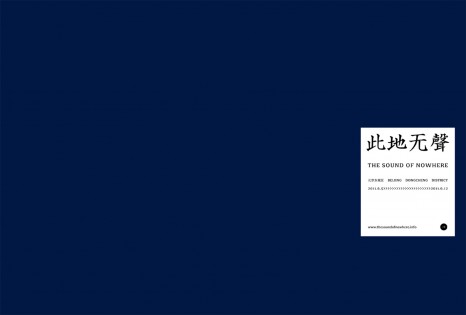
 时间 posted on: 30 May 2011 |
时间 posted on: 30 May 2011 |  发布者 author:
发布者 author: 
 分类 filed under:
分类 filed under: 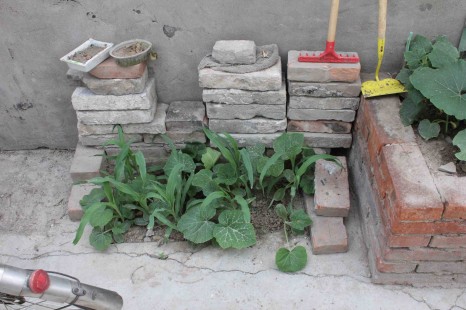
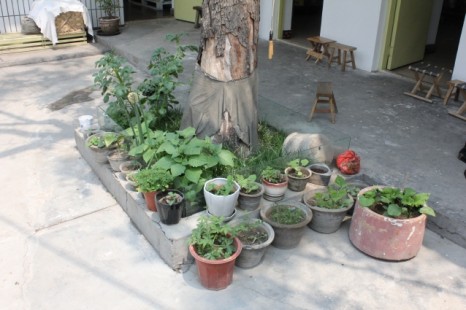

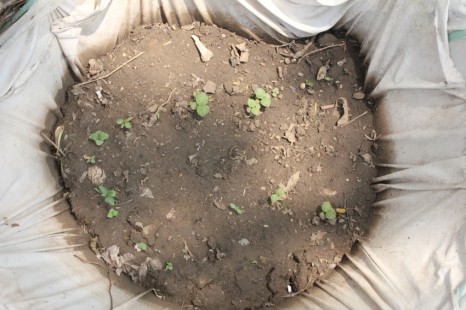
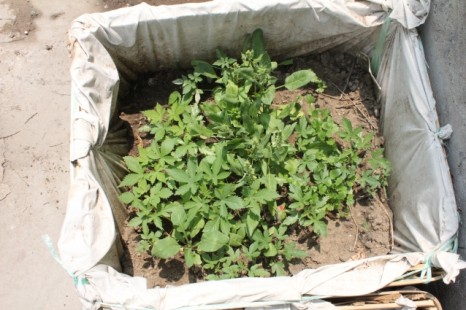
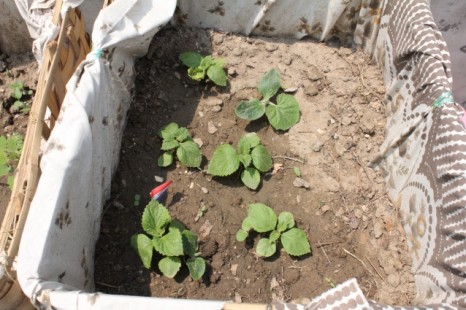
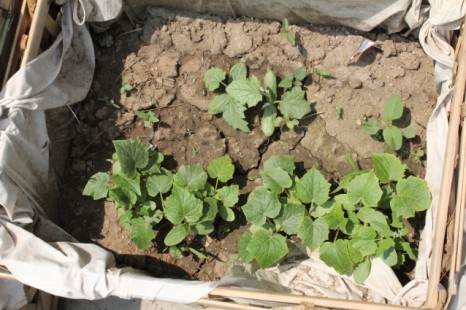
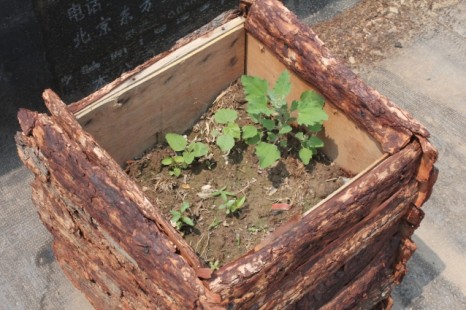
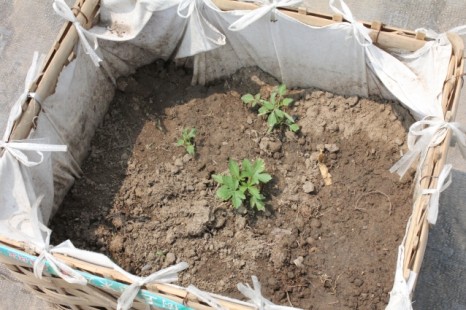

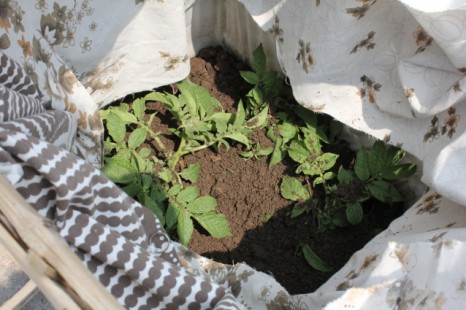
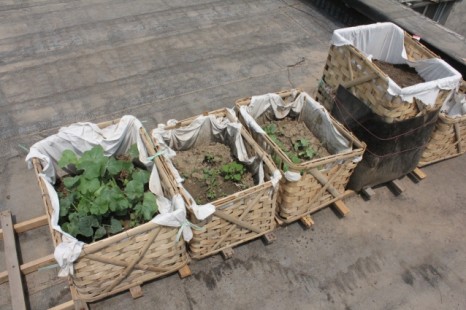
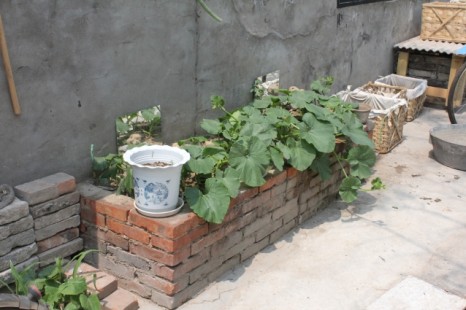
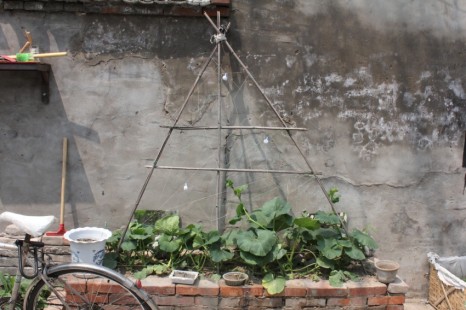
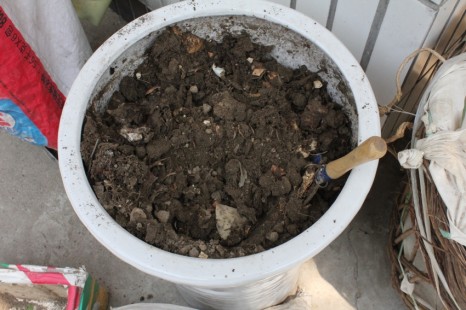
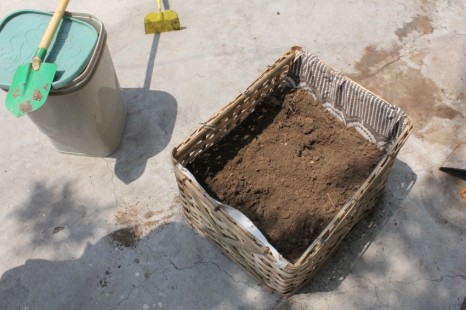
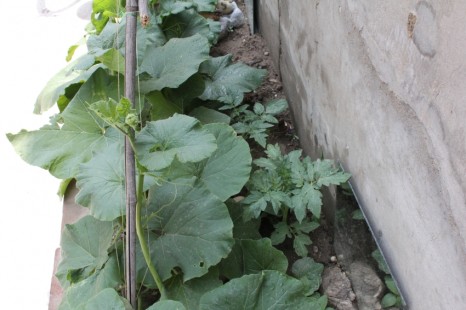
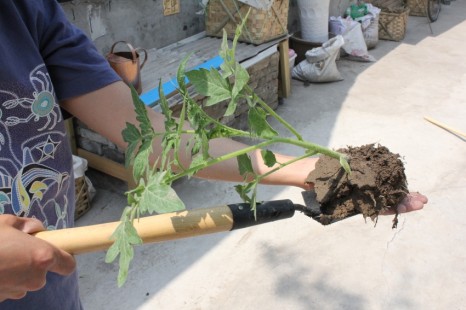
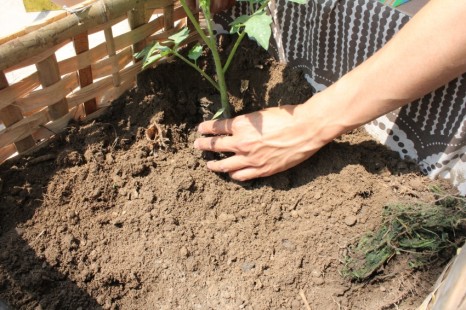
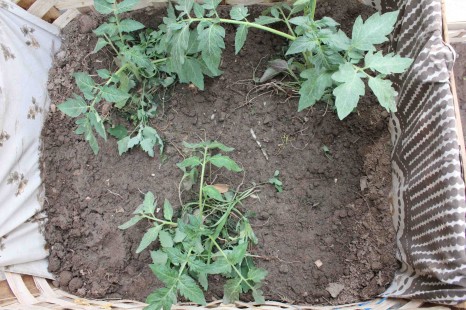
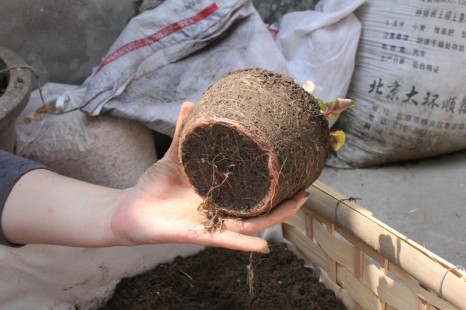
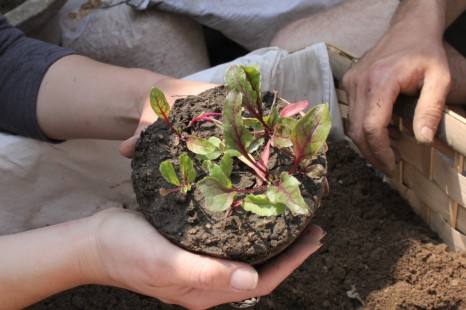
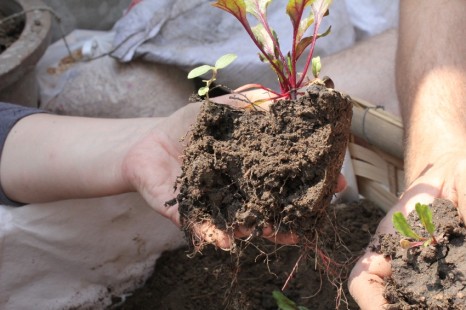
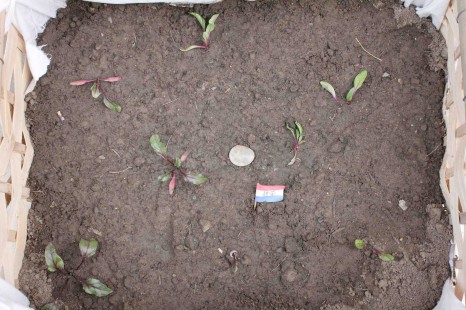
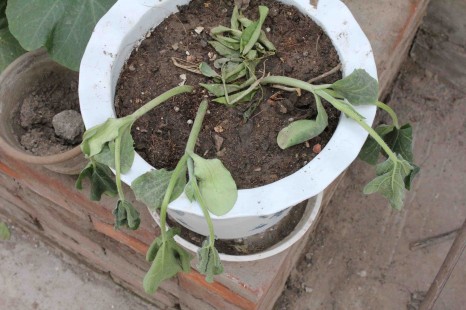
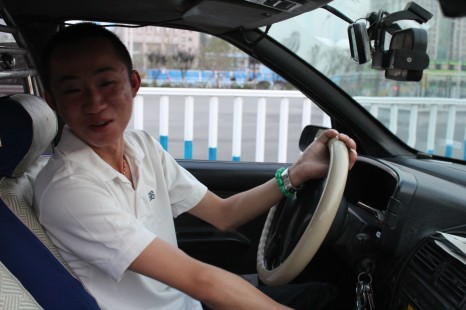
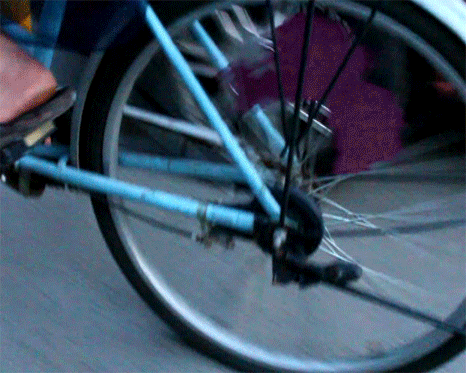
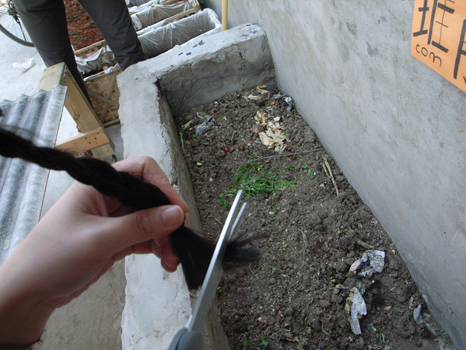
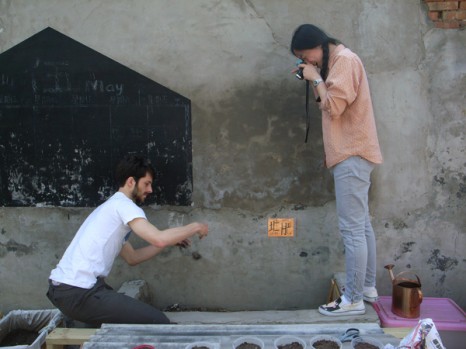
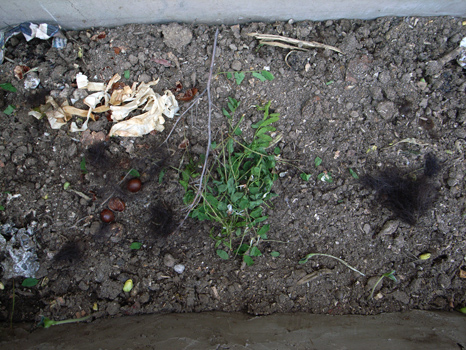 Images taken from a ritual for hair-tossed-to-compost, May 2011
Images taken from a ritual for hair-tossed-to-compost, May 2011 The press was seen as a tool, a transmission belt for public opinion, a marketplace of ideas. It was the platform for public discussion of issues of local as well as national importance. Hence the Chinese government “is well advised to consult public opinion” through newspapers. Pictorial evidence from November 1907 ironically underlines this point. A huge pot is filled with a burning substance labeled 舆论 yulun, “public opinion.” The characters on the lid read: “The power is with the court.” It is apparent, however, that the fire inside the pot will not easily be controlled. Public opinion seethes visibly in spit of attempts to “put a lid on it”: clouds of smoke and flames escape not just through the gap between the pot and the lid but also from a hole at the bottom. [
The press was seen as a tool, a transmission belt for public opinion, a marketplace of ideas. It was the platform for public discussion of issues of local as well as national importance. Hence the Chinese government “is well advised to consult public opinion” through newspapers. Pictorial evidence from November 1907 ironically underlines this point. A huge pot is filled with a burning substance labeled 舆论 yulun, “public opinion.” The characters on the lid read: “The power is with the court.” It is apparent, however, that the fire inside the pot will not easily be controlled. Public opinion seethes visibly in spit of attempts to “put a lid on it”: clouds of smoke and flames escape not just through the gap between the pot and the lid but also from a hole at the bottom. [ A cartoon that appeared in the 申报 Shenbao in October 1907 depicts the role of that alien medium, the newspaper: the caricature shows two buildings, an elaborate one labeled 宫庭 gongting, “the court,” and a much simpler one named 民间 minjian, “the people.” From the court, 秘密消息 mimixiaoxi, “the secret news,” is being transferred by telegraph to the people–but not directly. The node at which the telegraph line from the court and that leading to the people meet is labeled 外国 waiguo, “the West”. This image echoes a declaration made by the Shenbao in its first issue: “新闻纸之制疮自西人搏舆中土 The making of newspapers has been transmitted by Westerners to Chinese lands”. [
A cartoon that appeared in the 申报 Shenbao in October 1907 depicts the role of that alien medium, the newspaper: the caricature shows two buildings, an elaborate one labeled 宫庭 gongting, “the court,” and a much simpler one named 民间 minjian, “the people.” From the court, 秘密消息 mimixiaoxi, “the secret news,” is being transferred by telegraph to the people–but not directly. The node at which the telegraph line from the court and that leading to the people meet is labeled 外国 waiguo, “the West”. This image echoes a declaration made by the Shenbao in its first issue: “新闻纸之制疮自西人搏舆中土 The making of newspapers has been transmitted by Westerners to Chinese lands”. [